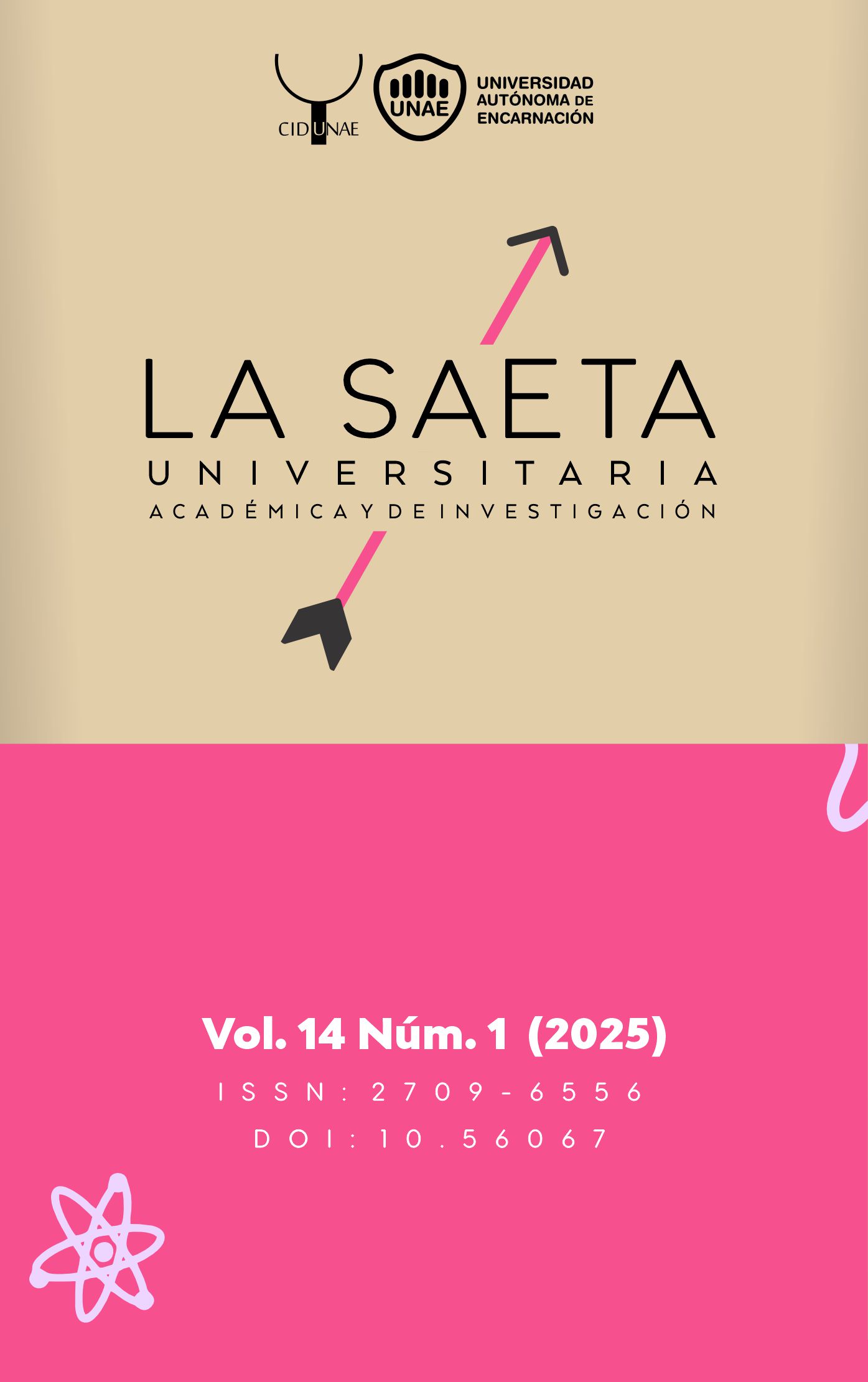BUILDING THE TERRITORY: SURVEYING AND SECURITY IN REAL ESTATE LAW
DOI:
https://doi.org/10.56067/saetauniversitaria.v14i1.492Keywords:
Español, EnglishAbstract
This study analyzes the contribution of surveying to territorial development, highlighting its impact on legal security and land management in Paraguay. Through a bibliographic review and analysis of official data, methodological foundations were established to identify key elements such as measurement accuracy, the comparison of international and local standards on topographic tolerances, and the role of technological advancements in the field. The study examines how georeferencing and boundary marking materialize property rights, preventing conflicts and ensuring territorial integrity. The research reveals significant differences between international and Paraguayan standards regarding measurement tolerances. While international standards allow error margins without requiring rectifications, in Paraguay rectification is mandatory in cases of property mutations. The implementation of the Active National Geodetic Network is a central component in strengthening the country's territorial framework, key to improving geographic measurement precision, updating cadastral records, and promoting efficient public administration. Furthermore, this network facilitates the development of land-use planning policies, risk management in vulnerable areas, and economic growth through a reliable technical foundation for local and foreign investment. Institutions such as the National Cadastre Service and the Geographic Military Service Directorate will directly benefit, enhancing their planning capacity in sectors such as agriculture, mining, and infrastructure. In this context, the geographer plays a fundamental role in translating the provisions of property titles into tangible realities. This process involves interpreting, correcting errors, and comparing titles with physical land conditions to ensure coherence between the two. Surveying, as a technical discipline, not only provides essential tools for resolving territorial disputes but also contributes to the country's sustainable development through the efficient integration of geospatial resources.
Downloads
References
Aduriz, A. M., Schenone, M. E., Bergallo, C. E., Pessolano, P. F., & Lemarchand, S. Y. (2023). La agrimensura y la planificación urbana: Análisis de la normativa, ejemplo de la ciudad de Bahía Blanca. Revista ICU, 7(9), Artículo 8. https://doi.org/10.59872/icu.v7i9.420 DOI: https://doi.org/10.59872/icu.v7i9.420
Cartagena, I. E. (2024). Importancia de los registros geográficos que genera el Centro Nacional de Registros (CNR) para la seguridad y desarrollo nacional de El Salvador. Revista Con-Secuencias, (8), 118–144. Recuperado a partir de http://revistacon-secuencias.com/index.php/rcs_sv/article/view/44
Chesñevar, C. J. (2000). Mensuras y límites territoriales: diagnóstico y bases para un modelo doctrinario.
Decreto N° 544/2023 “Por el cual se reglamenta la Ley N° 6875/2022 “Que regula el ejercicio de la agrimensura y unifica y adapta las normas materia a las facilidades técnicas y procedimientos actuales" https://decretos.presidencia.gov.py/decreto544.
Ferreira Salazar, J. (2024). El Registro Conservatorio de Bienes Raíces chileno y la seguridad jurídica del tráfico inmobiliario. Iuris Dictio, 33(33), 11. https://doi.org/10.18272/iu.i33.3197 DOI: https://doi.org/10.18272/iu.i33.3197
Garavaglia, J. C., & Gautreau, P. (2011). Mensurar la tierra, controlar el territorio: América Latina, siglos XVIII-XIX. Prohistoria Ediciones. https://halshs.archives-ouvertes.fr/halshs-00992284
Giol, I. (1876) Tratado de agrimensura. Madrid.
Instituto Nacional de Tecnología, Normalización y Metrología [INTN]. (2022). Norma PNA 65 001 21: Planimetría y Altimetría. Tolerancias en las Mediciones. Ministerio de Obras Públicas y Comunicaciones, Paraguay.
Ley Nº 6875/2022: Gobierno de Paraguay. (2022). Ley N.º 6875/2022: Que regula el ejercicio de la agrimensura y unifica y adapta las normas en la materia a las facilidades técnicas y procedimientos actuales. https://www.bacn.gov.py/leyes/6875-2022
Maizón, A. S. (2013). Construyendo el territorio: contexto institucional, prácticas y dinámicas de la agrimensura en la provincia de Córdoba, Argentina. Fines del siglo XIX. SBHC - Revista Brasileira da Historia da Ciencia, 6(1), 89–105. DOI: https://doi.org/10.53727/rbhc.v6i1.239
Ministerio de Vivienda, Construcción y Saneamiento (MVCS). (2008). Resolución N° 03-2008-SNCP-CNC y Directiva N° 01-2008-SNCP/CNC sobre Tolerancias en Agrimensura. Perú.
Olivares, L. A. (2013). ¿Cartografía del Nuevo Mundo, o la América Invisible? Revista Cartográfica, 89, 147–163.
Poder Ejecutivo. (2024). Mensaje del Poder Ejecutivo N.º 139, 26 de agosto, por el cual remite el proyecto de ley “Que crea el Registro Unificado Nacional - RUN”. Presidencia de la República del Paraguay.
Yero Cabrales, Y., Alvarez Romero, A., & Pérez García, J. C. (2023). Empleo de nubes de puntos LiDAR para la obtención de modelos digitales del terreno y otros productos. Revista Cubana de Geomática, 2(1). Recuperado de https://geomatica.geocuba.cu/rcg/article/view/67
Published
Issue
Section
License
Copyright (c) 2025 La Saeta Universitaria Académica y de Investigación

This work is licensed under a Creative Commons Attribution 4.0 International License.
Este obra está bajo una licencia de Creative Commons Reconocimiento 4.0 Internacional.
Los autores que publican en esta revista están de acuerdo con los siguientes términos:
- Los autores conservan los derechos de autor y garantizan a la revista el derecho de ser la primera publicación del trabajo al igual que licenciado bajo una Creative Commons Attribution License que permite a otros compartir el trabajo con un reconocimiento de la autoría del trabajo y la publicación inicial en esta revista.
- Los autores pueden establecer por separado acuerdos adicionales para la distribución no exclusiva de la versión de la obra publicada en la revista (por ejemplo, situarlo en un repositorio institucional o publicarlo en un libro), con un reconocimiento de su publicación inicial en esta revista.














